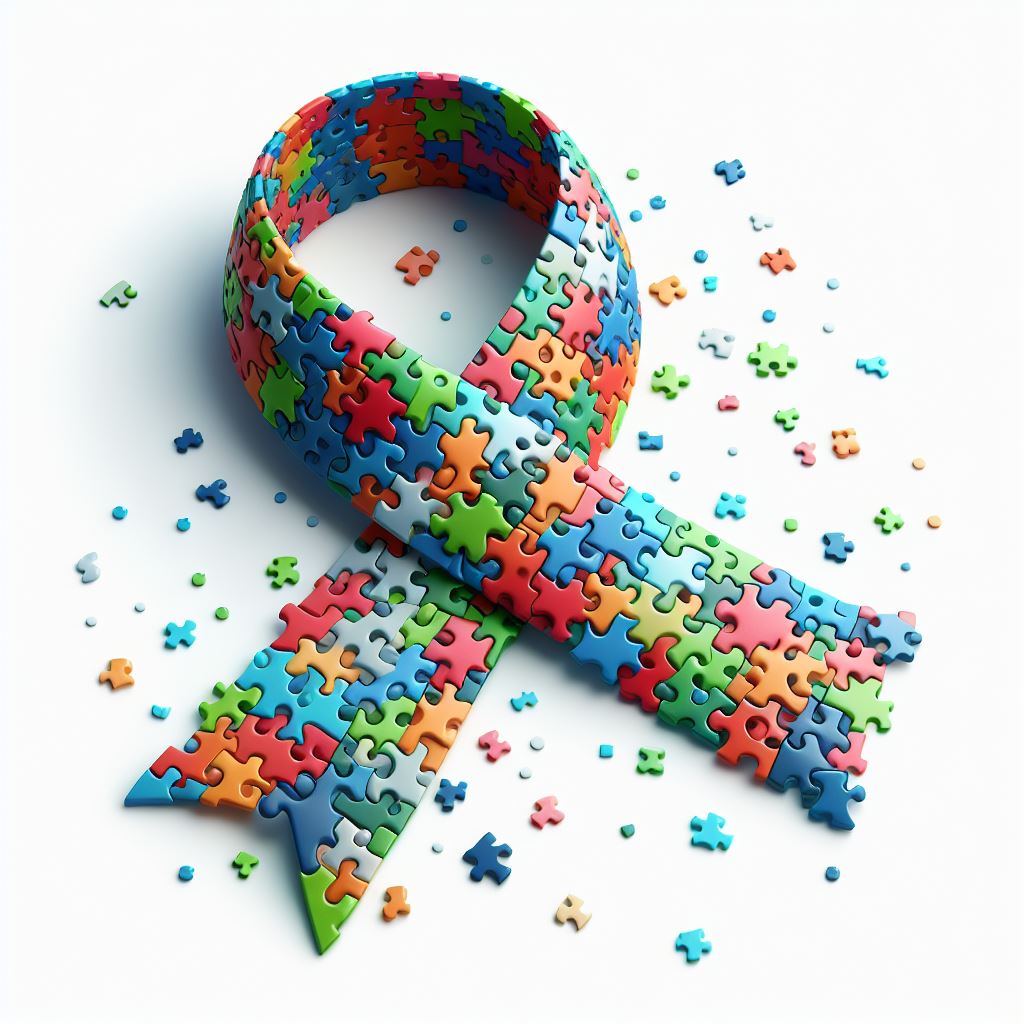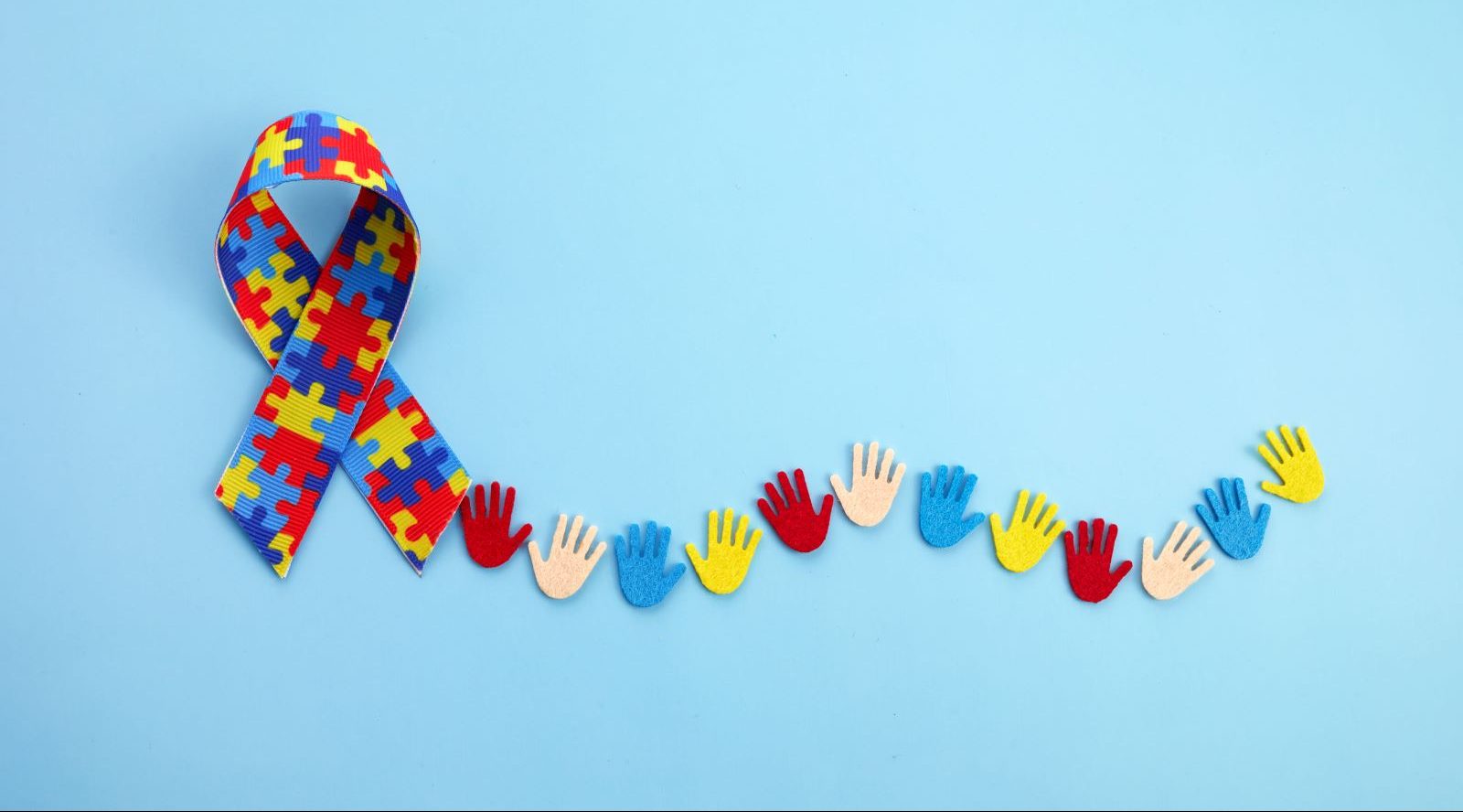Checking Out Autism: Strategies for Effective Interaction and Communication
Reliable communication and communication with individuals on the autism spectrum require a comprehensive understanding of their special needs and choices. Techniques such as employing clear language, making use of visual supports, and fostering consistent routines can dramatically boost interaction and decrease stress and anxiety. Recognizing the significance of non-verbal hints and shared passions leads the way for significant links. The details of these approaches disclose additional considerations that merit expedition, especially in exactly how they can be adjusted to diverse contexts and specific experiences. What might these adjustments resemble in practice?
Understanding Autism Spectrum Condition
Autism Spectrum Disorder (ASD) includes a series of neurodevelopmental conditions identified by obstacles in social communication, interaction, and recurring habits. The term "range" mirrors the diverse symptoms and varying levels of extent experienced by people with ASD. While some might display substantial problems, others may display high-functioning attributes, permitting better independence in everyday life.
The beginning of ASD generally happens in early youth, with indications frequently recognizable by age two. Early indications might consist of delayed speech development, limited eye call, and problems in comprehending social signs. Although the precise etiology of ASD stays vague, study recommends a combination of genetic and ecological factors plays a crucial role in its development.
As an outcome, treatments and assistance tailored to specific demands are vital for fostering communication and social abilities. Acknowledging the intricacy of ASD is crucial for promoting recognition, approval, and efficient techniques that help with meaningful interactions with individuals on the range.

Significance of Clear Communication
Effective communication is vital for fostering understanding and link, specifically for individuals with Autism Range Disorder (ASD) Clear interaction not only assists in social interactions but also boosts the individual's capacity to express their thoughts, feelings, and needs. For individuals with ASD, the nuances of language can often be challenging; consequently, utilizing distinct and simple language is essential.
Moreover, clear interaction assists decrease irritation and anxiety that might emerge from misunderstandings. When messages are communicated in a consistent and direct way, individuals with ASD are better outfitted to interpret info properly, which can significantly improve their social involvement and participation in various settings.
Developing regimens and using visual assistances can additionally boost clear interaction. These strategies give people with foreseeable frameworks that assist comprehension and retention of info. Furthermore, actively being and listening client throughout communications promotes a supportive environment where people with ASD really feel valued and recognized.
Ultimately, focusing on clear interaction not just equips individuals with ASD but additionally promotes more purposeful connections with their peers, caregivers, and the broader area, leading the means for collective connections and comprehensive communications. - autism
Non-Verbal Communication Techniques
Communication expands past words, and for people with reference Autism Range Disorder (ASD), non-verbal signs play a substantial role in communications. Non-verbal communication strategies can include face expressions, gestures, body movement, and eye get in touch with, every one of which serve as important parts for communicating feelings and purposes.
Recognizing and translating these non-verbal signals can boost communications with people with ASD. A cozy smile or open position can create a welcoming ambience, urging engagement. In a similar way, utilizing visual help-- such as picture cards or symbols-- can link communication gaps and help share messages a lot more effectively.
It is also crucial to be conscious of individual room, as individuals with ASD may have different convenience degrees pertaining to distance. Observing their responses to physical nearness can inform suitable changes.

Developing Encouraging Environments
Creating a helpful setting is vital for cultivating favorable interactions and improving the health of individuals with Autism Range Condition (ASD) Such settings can substantially decrease anxiousness and produce a sense of security, permitting individuals to share themselves much more openly.
To achieve this, it is vital to consider sensory level of sensitivities that individuals with ASD might experience. Modifying the physical space to include soft illumination, marginal history noise, and comfortable seating can develop a calming environment. Additionally, utilizing regular routines and clear visual routines can aid people anticipate changes and lower unpredictability, further promoting convenience.
Social spaces must be structured to reduce overwhelming stimuli while supplying possibilities for you could check here involvement in favored activities. Assisting in areas assigned for quiet time can additionally function as a haven throughout minutes of anxiety. Significantly, incorporating aspects of option empowers individuals, permitting them to exercise company in my sources their atmosphere.

Motivating Social Interactions
Promoting social interactions among people with Autism Spectrum Problem (ASD) requires deliberate strategies that focus on convenience and interaction. Establishing predictable regimens can assist reduce anxiousness, making social settings extra approachable. Producing structured settings with defined duties and duties enables people to engage without the frustrating pressure of disorganized social dynamics.
Incorporating passions and staminas into social tasks can work as a catalyst for interaction. For instance, arranging team activities around shared pastimes or topics of attraction can facilitate all-natural conversations and links. Furthermore, using visual supports, such as photographic routines or social scripts, can aid in recognizing social hints and assumptions.
Designing suitable social behaviors is essential - autism. Grownups and peers must show reliable interaction strategies, consisting of active listening and turn-taking. Role-playing scenarios can also give a secure space for individuals to exercise these abilities
Finally, cultivating peer relationships through inclusive techniques is essential. Urging comprehensive playdates or group trips can produce possibilities for socialization in a comfortable setting. By executing these educators, approaches and caretakers can dramatically enhance social communications for people with ASD, advertising their overall social development and health.
Conclusion
In conclusion, efficient interaction and interaction methods are important for sustaining individuals with Autism Range Problem. Eventually, these techniques encourage individuals with autism to navigate social landscapes, promoting their overall health and enabling the development of lasting relationships.
Reliable communication and communication with individuals on the autism spectrum require an extensive understanding of their special needs and preferences. Clear communication not only assists in social interactions but also enhances the person's ability to reveal their needs, thoughts, and emotions.Promoting social communications amongst people with Autism Range Disorder (ASD) needs intentional approaches that focus on comfort and engagement. By applying these caregivers, strategies and teachers can dramatically enhance social communications for people with ASD, advertising their overall social growth and wellness.
In verdict, reliable interaction and communication approaches are important for supporting individuals with Autism Range Problem.